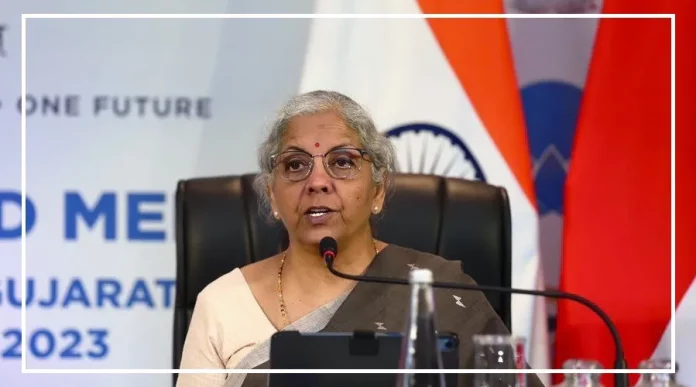While talking about the budget recently, Finance Minister Sitharaman shared that the government plans to make it easier for more people to use electric vehicles.
They want to set up more places where these vehicles can be charged.
The Finance Minister also mentioned that they will encourage using electric buses for public transportation.
In the budget speech, Sitharaman said, “Our government will make it easier for people to use electric vehicles by improving the way they are made and making sure there are enough places to charge them.
We will focus on strengthening this system. We’ll also use a secure payment system to make it simpler for people to use more electric buses for public transport.
” The aim is to get more people to use electric vehicles. Charging is a big problem for electric vehicles, and the Finance Minister has included plans for it in the budget.
In the budget last year, Sitharaman made it easier for companies to get the machines needed to make batteries for electric vehicles.
The taxes on the batteries used in these vehicles were also reduced.
The government is supporting electric vehicles by giving subsidies for their batteries, and this support has been extended for another year.
The Indian government wants more people to switch to electric vehicles to reduce pollution from traditional vehicles that use petrol and diesel.
They have set a goal of having electric vehicles make up 30% of all new vehicle sales in the country by 2030.
Currently, only a small percentage of vehicles sold are electric, around 2% for cars and up to 5% for two-wheelers.
There is a plan called the FAME India Scheme, which aims to support the adoption of electric vehicles.
The second phase of this plan is running from April 1, 2019, to March 31, 2024, with a budget of ₹10,000 crore.
This plan had earlier allocated ₹895 crore in the first phase from 2015 to 2019, and it was increased to ₹10,000 crore in the second phase for 2019-24.
In May 2023, the incentives under the FAME II scheme were reduced to ₹10,000 per kWh, and it was fixed at 15% of the price of electric two-wheelers when they leave the factory.
This was done to make sure the budget for the plan doesn’t run out before they reach their goals.
The FAME II scheme aims to support 10 lakh electric two-wheelers, 500,000 electric three-wheelers, 55,000 electric four-wheelers, and 7,090 electric buses.
While the plan has been successful in reaching goals for two-wheelers and buses, there have been challenges in making sure companies stick to promises and get the subsidies they are supposed to under the plan.
